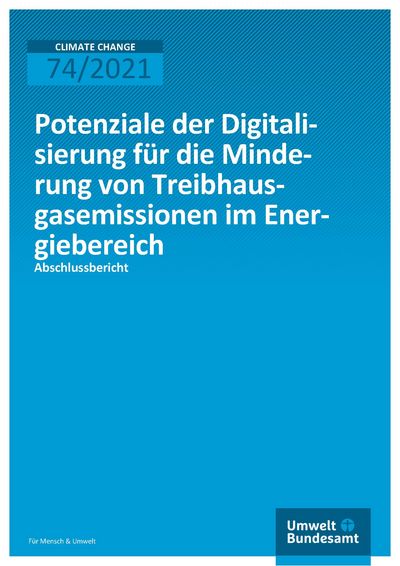Potentials of digitalization for the reduction of greenhouse gas emissions in the energy sector
In the debate on the contribution of digitalization to the goal of meeting the German energy and climate protection targets, a holistic, comparable assessment of the associated environmental impacts has long been lacking. Thus the aim of the present study was to develop a transferable method for the environmental assessment of digitalization in the end customer market of the energy sector, apply it in selected case studies and, based on the results, elaborate political recommendations for action.
The method developed is based on the established Life Cycle Assessment and a systematic classification of potentially occurring environmental impacts. Its application allows us to compare both direct environmental effects of digital technologies (production, use, disposal) and indirect effects (e.g. increased use of renewable energies, enhanced energy efficiency, rebound effects).
The results suggest that digitalization in the end customer market can contribute to climate protection; nevertheless, there are uncertainties in the assessment of indirect effects, and depending on the application, environmental disadvantages are also possible under certain conditions. Extrapolated to Germany as a whole, the new applications can make only a small contribution to achieving the 2030 climate protection targets under current market conditions. Even if their use can be expanded via political measures, digitalization can only supplement and not replace other key climate protection measures such as building refurbishment and alternative energy sources.



